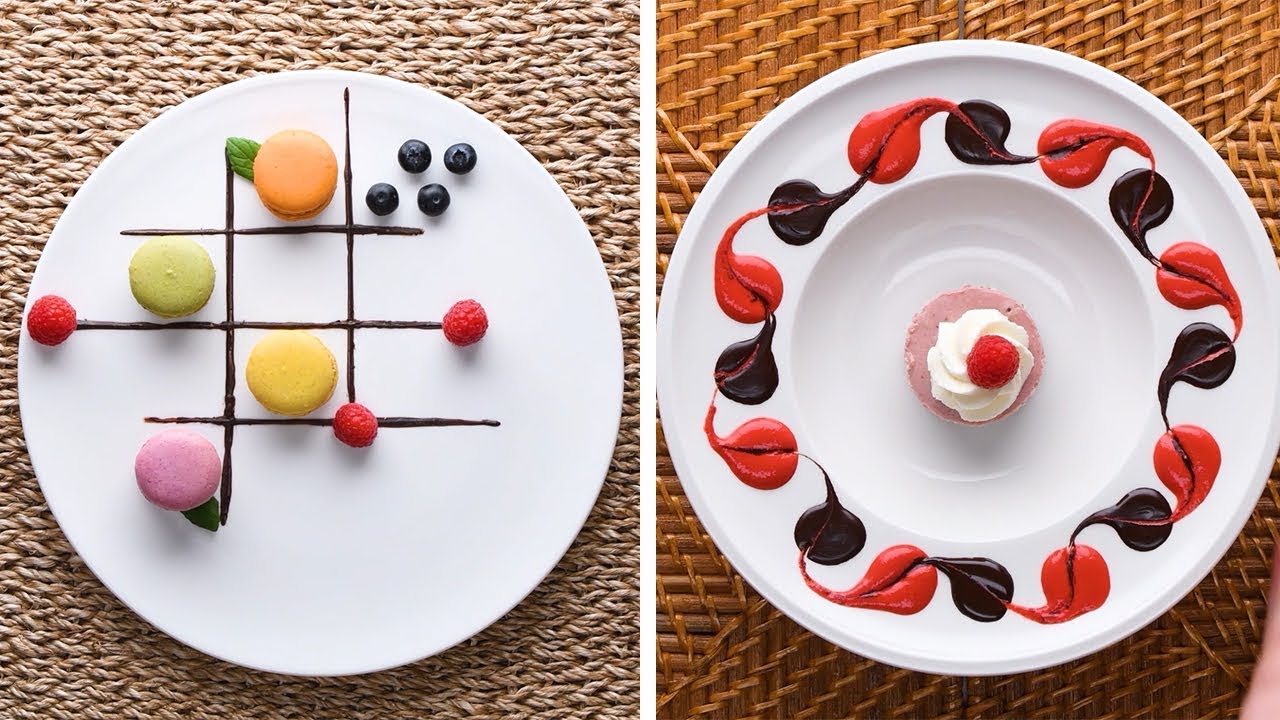

Tableware
What Is A Dessert Plate?
Modified: January 23, 2024
Discover the definition and purpose of a dessert plate in tableware. Explore its various styles, materials, and sizes to enhance your next dining experience.
(Many of the links in this article redirect to a specific reviewed product. Your purchase of these products through affiliate links helps to generate commission for Storables.com, at no extra cost. Learn more)
Introduction
A dessert plate is an essential piece of tableware that is specifically designed for serving desserts. Whether you’re hosting a formal dinner party or indulging in a sweet treat on your own, a well-chosen dessert plate can elevate the presentation and enhance the overall dining experience. In this article, we will explore the various aspects of a dessert plate, including its definition, materials, designs, sizes, and proper usage.
A dessert plate is a smaller-sized plate that is typically used to serve individual portions of desserts. It is often distinguishable from other plates by its decorative patterns, elegant designs, and sometimes unique shapes. Dessert plates are not only functional but also serve as a decorative element on the dining table.
There is a wide range of materials used in the production of dessert plates, each offering its unique aesthetic and practical qualities. Common materials include fine china, porcelain, ceramic, and glass. Fine china and porcelain dessert plates are known for their delicate and refined appearance, making them a popular choice for formal occasions. Ceramic and glass plates, on the other hand, are more durable and versatile, suitable for everyday use as well as casual gatherings.
The design of a dessert plate can vary greatly, ranging from minimalist and modern to intricately decorated or even themed. Some plates feature intricate patterns, such as floral motifs, geometric designs, or hand-painted illustrations. Others may showcase a particular theme, such as nature, holidays, or special occasions. The design of the dessert plate can complement the dessert itself and enhance its presentation and visual appeal.
When it comes to the size and shape of a dessert plate, there are no strict rules. However, they are typically smaller than dinner plates, with a diameter ranging from 6 to 8 inches. The shape can vary as well, with round, square, oval, and even novelty shapes being common options. The size and shape of the dessert plate can depend on personal preference, the type of dessert being served, and the overall aesthetic of the table setting.
When you set your table, not only is a dessert plate used for serving desserts, but it also serves as a decorative element. Placing a beautifully designed dessert plate on top of a charger or a placemat can instantly elevate the visual appeal of the entire table setting. The dessert plate adds a touch of elegance and sophistication, making the dining experience more enjoyable for both the host and the guests.
In the next sections of this article, we will delve deeper into the specifics of choosing the right dessert plate, proper etiquette for serving desserts, as well as care and cleaning tips to ensure that your dessert plates remain in pristine condition for years to come.
Key Takeaways:
- Elevate your dessert presentation with carefully chosen dessert plates, available in various materials, designs, sizes, and shapes. Enhance the overall dining experience and create a memorable moment for both hosts and guests.
- Proper etiquette and care are essential for serving and maintaining dessert plates. Follow guidelines for serving desserts with grace and ensure the longevity of your dessert plates through gentle handling and proper cleaning techniques.
Read more: What Is Plate Glass
Definition of a Dessert Plate
A dessert plate is a small-sized plate that is specifically designed for serving individual portions of desserts. It is a specialized piece of tableware that differs from larger dinner plates or salad plates in both size and purpose. The dessert plate’s smaller size allows for controlled portion sizes and presents the dessert in an aesthetically pleasing and visually appealing manner.
Unlike larger plates, dessert plates are often adorned with decorative patterns, intricate designs, or unique shapes, adding to their visual appeal. This attention to detail makes dessert plates not only functional but also a decorative element on the dining table.
Dessert plates are commonly used to serve a wide range of sweet treats, including cakes, pastries, pies, tarts, mousses, and other individual desserts. They are the perfect vessel for showcasing the beautiful presentation of desserts, allowing the intricate details, garnishes, and colors to shine.
The use of a dessert plate goes beyond serving sweet treats. It can also be used to serve small portions of appetizers, side dishes, or even tapas-style servings. Their versatile nature and smaller size make them an attractive option for serving various culinary delights.
While dessert plates are typically smaller in size compared to other plates, they still vary in size and shape to accommodate different preferences and serving needs. The diameter of a dessert plate usually ranges from 6 to 8 inches, allowing for an individual-sized portion of dessert to be served. The shape of the plate can range from round and square to oval and novelty shapes, depending on personal preference and the desired aesthetic.
Overall, with the correct dessert plate size, it becomes an essential piece of tableware that adds elegance, sophistication, and visual appeal to any dining experience. Whether you are hosting a formal dinner party or simply enjoying a sweet indulgence on your own, the careful selection of a well-designed and appropriately sized dessert plate can enhance the overall dining experience and elevate the presentation of the sweet treats being served.
Materials and Designs
When it comes to dessert plates, there is a wide range of materials and designs to choose from, allowing you to find the perfect plate that matches your personal style and complements your dessert presentations.
One of the most popular material choices for dessert plates is fine china. Fine china dessert plates are known for their delicate and refined appearance. They often feature intricate patterns, such as floral motifs, scrollwork, or even hand-painted designs. Fine china dessert plates are typically used for formal occasions, as they exude elegance and sophistication.
Porcelain is another common material used in dessert plates. Porcelain plates are similar to fine china but are often slightly more durable. They offer a smooth and translucent surface, giving the dessert presentation a sleek and elegant look. Porcelain dessert plates can range from simple and minimalist designs to more elaborate and ornate patterns.
Ceramic plates are also popular choices for dessert plates. Ceramic plates are known for their durability and versatility. They come in a variety of colors, designs, and shapes, providing endless options to suit your personal style and the overall theme of your table setting. Ceramic dessert plates are suitable for both everyday use and casual gatherings.
Glass dessert plates are a modern and contemporary option. They are sleek and transparent, allowing the dessert to take center stage. Glass plates can have a minimalist design or feature unique textures and patterns, adding a touch of sophistication to the dessert presentation.
When it comes to designs, dessert plates offer endless possibilities. From traditional and timeless patterns to more modern and artistic designs, there is something to suit every taste. Floral patterns are a popular choice for dessert plates, as they add a touch of elegance and femininity to the table setting. Geometric designs, abstract patterns, and colorful illustrations are also commonly found on dessert plates, adding a contemporary and artistic flair.
In addition to patterns and designs, dessert plates can also come in unique shapes. While round plates are the most common, square, oval, and even novelty shapes like hearts or stars are available, adding a playful and whimsical element to your dessert presentation.
It is important to choose a dessert plate design that complements the dessert itself. Consider the colors, textures, and overall theme of the dessert when selecting the plate. A well-chosen dessert plate can enhance the presentation, making the dessert even more visually appealing and enticing.
Overall, dessert plates offer a variety of materials and designs to suit every style and occasion. Whether you prefer the elegance of fine china, the durability of ceramic, the sleekness of glass, or the versatility of porcelain, there is a dessert plate out there that will elevate your dessert presentation and make it truly memorable.
Common Sizes and Shapes
When it comes to dessert plates, there is no one-size-fits-all approach. Dessert plates come in a variety of sizes and shapes, allowing for flexibility in presentation and accommodating different types of desserts. Here, we will explore the common sizes and shapes of dessert plates.
The size of a dessert plate is typically smaller compared to a regular dinner plate. The diameter of a dessert plate usually ranges from 6 to 8 inches. This smaller size allows for individual-sized portions of desserts to be served. It also provides a balanced ratio of the dessert to the plate, making it visually appealing to the eye.
Round dessert plates are the most common shape and offer a classic and timeless look. The circular shape provides a symmetrical and balanced presentation for the dessert. It is versatile and can be used for a variety of desserts, from cakes and pastries to tarts and mousses.
Square dessert plates have gained popularity in recent years due to their modern and contemporary appeal. The straight edges and sharp corners of square plates create a clean and sleek look. Square plates are especially suitable for desserts with a more structured or geometric design, adding a touch of elegance and sophistication to the presentation.
Oval dessert plates offer a unique and stylish alternative to round and square plates. The elongated shape of oval plates provides a visually interesting presentation and can add variety to the table setting. Oval plates work well for desserts that have a more elongated or layered design, such as Napoleon cakes or individual fruit tarts.
In addition to the traditional shapes, dessert plates can also come in novelty shapes. Heart-shaped or star-shaped plates are popular choices for special occasions like Valentine’s Day or birthdays, adding a playful and whimsical touch to the dessert presentation. These novelty shapes can elevate the overall aesthetic and create a fun and memorable dining experience.
It is important to consider the type of dessert being served when choosing the size and shape of a dessert plate. Delicate and intricate desserts may benefit from a smaller plate to highlight their details, while larger desserts may require a bigger plate to accommodate their size. The shape of the plate should also complement the dessert’s shape and design.
Ultimately, the size and shape of a dessert plate are a matter of personal preference and the desired aesthetic for your dining experience. Whether you opt for a classic round plate, a modern square plate, or a unique novelty shape, choosing the right size and shape can enhance the overall presentation and enjoyment of your desserts.
Usage and Display
Dessert plates are not only functional but also serve as an important element in the overall table setting. Let’s explore the various ways in which dessert plates are used and displayed.
The primary purpose of a dessert plate is to serve individual portions of desserts. Whether you are serving a slice of decadent cake, a delicate pastry, or a scoop of ice cream, the dessert plate provides a designated space for the dessert to be presented and enjoyed. The smaller size of the plate allows for controlled portion sizes and ensures that the dessert remains the centerpiece of the plate.
In addition to serving desserts, dessert plates can also be used for other purposes. They can serve as plates for serving small appetizers, side dishes, or even tapas-style servings. The versatility of dessert plates makes them a practical addition to any table setting.
When it comes to displaying dessert plates, there are several options to consider. One popular choice is to place the dessert plate directly on the dining table. This allows the intricate design and pattern of the plate to be showcased and creates an elegant and sophisticated look.
Another option is to use a charger plate or a placemat as a base for the dessert plate. Placing the dessert plate on top of a charger or placemat adds an extra layer of decoration and enhances the overall presentation. Charger plates can be made of various materials such as metal, glass, or plastic, and come in different colors and designs to match the theme of the table setting.
When serving a multi-course meal, dessert plates are usually brought to the table after the main course plates have been cleared. This allows for a seamless transition to the dessert course and signals to guests that the sweet indulgence is about to be served.
In formal dining settings, dessert plates are often accompanied by dessert forks or small dessert spoons. These utensils are specifically designed for enjoying desserts and should be placed on the side of the dessert plate, either on the left or above the plate. This ensures that guests have the proper tools to enjoy their dessert without any inconvenience.
When arranging dessert plates on the dining table, consider creating an attractive and visually appealing presentation. Place the plates evenly spaced and in a consistent pattern. You can also add decorative elements such as fresh flowers, mint leaves, or powdered sugar sprinkles to enhance the overall look and create a more enticing display.
Whether you are hosting a formal dinner party or enjoying a sweet treat at home, the careful usage and display of dessert plates can elevate the dining experience and create a memorable moment for both the host and the guests.
When serving dessert, use a smaller plate called a dessert plate. It helps control portion sizes and makes the presentation more elegant.
Read more: What Are Plates In Construction
How to Choose a Dessert Plate
Choosing the right dessert plate is not just about having something to serve your delectable treats on; it’s about enhancing the overall dining experience and adding a touch of elegance to your table setting. Here are some factors to consider when selecting a dessert plate:
1. Size and Shape: Consider the size and shape of the dessert plate based on the type of desserts you will be serving. Smaller, round plates are versatile and can accommodate a variety of desserts. Square or oval plates can add a modern touch, while novelty shapes can create a playful atmosphere for special occasions.
2. Material: Choose a material that suits your style and the occasion. Fine china plates offer a delicate and refined appearance, perfect for formal gatherings. Porcelain plates provide a sleek and translucent surface, while ceramic plates are more durable and versatile for everyday use. Glass plates create a contemporary and minimalist look.
3. Design and Pattern: Consider the design and pattern of the dessert plate. Floral motifs, intricate patterns, or hand-painted designs can add a touch of elegance and sophistication. Geometric designs or abstract patterns can create a modern and artistic look. Choose a design that complements the style of your desserts and the overall theme of your table setting.
4. Color: The color of the dessert plate can play a significant role in the overall presentation. Consider the color of the desserts you will be serving and choose a plate color that will enhance their visual appeal. Neutral colors like white or cream can provide a clean and classic look, while bold or vibrant colors can create a more eye-catching and festive display.
5. Compatibility: Ensure that the dessert plate is compatible with other tableware, such as chargers, placemats, and utensils. If you plan to use charger plates or placemats as a base, make sure the dessert plates fit well on them and complement the overall table setting. Also, consider the size and style of the utensils that will accompany the dessert plate.
6. Personal Preference: Ultimately, choose a dessert plate that resonates with your personal style and preferences. Consider your overall aesthetic and the ambiance you want to create. Take into account your dining habits and whether you prefer formal or casual settings. Your dessert plates should reflect your taste and enhance the enjoyment of your desserts.
By considering these factors, you can choose dessert plates that not only serve their functional purpose but also elevate the visual appeal of your desserts and create a memorable dining experience. Let your personal style and creativity shine through in the selection of the perfect dessert plate for your table.
Proper Etiquette for Serving Desserts
When it comes to serving desserts, proper etiquette is key to ensure a smooth and enjoyable dining experience for all. Here are some guidelines to follow when it comes to serving desserts:
1. Timing: Generally, desserts are served after the main course is finished and the plates have been cleared. It is important to allow a suitable amount of time between courses to give guests a chance to savor each dish before moving on to dessert.
2. Presentation: Take care in presenting desserts in an appealing and artistic manner. Pay attention to the arrangement of the dessert on the plate, ensuring that it is visually appealing and inviting. Use garnishes, such as fresh fruits, chocolate drizzle, or mint leaves, to enhance the presentation.
3. Portion Size: Serve individual-sized portions on each dessert plate. This allows guests to enjoy a taste of the dessert without feeling overwhelmed. Consider the richness and sweetness of the dessert and adjust the portion size accordingly.
4. Utensils: Provide the appropriate utensils for each dessert. Small dessert forks or dessert spoons are typically used, depending on the type of dessert. Place the utensils either above the dessert plate or to the left side of the plate.
5. Napkins: Offer clean napkins to guests when serving desserts. This allows them to wipe their hands or mouths as needed, ensuring a tidy and enjoyable dessert experience.
6. Accompaniments: Consider offering complimentary accompaniments alongside desserts. This could include a dollop of freshly whipped cream, a scoop of ice cream, a side of fruit compote, or a sprinkle of powdered sugar. These extras can enhance the flavors and presentation of the dessert.
7. Dietary Restrictions: Take note of any dietary restrictions or allergies among your guests. If possible, offer alternative dessert options that cater to different dietary needs, such as gluten-free, dairy-free, or vegan options. This demonstrates thoughtfulness and ensures that everyone can enjoy the dessert course.
8. Serving Assistance: When hosting a larger gathering, consider enlisting the help of additional servers or assistants to ensure smooth service. They can help plate and distribute desserts efficiently, ensuring that all guests are served in a timely manner.
9. Clearing: Once the dessert course is finished, promptly clear the dessert plates from the table. Ensure that any remaining utensils or napkins are also cleared to maintain a clean and organized dining space.
10. Gratitude: Finally, express gratitude to your guests for joining you for the meal and for indulging in the delightful desserts you have prepared. Thank them for their presence and their enjoyment of the meal, creating a warm and appreciative atmosphere.
By following these proper etiquette guidelines, you can ensure that the dessert course is served and enjoyed with grace. Adhering to these practices not only demonstrates your attentiveness as a host but also sets the stage for a memorable and enjoyable dining experience for all.
Care and Cleaning of Dessert Plates
To maintain the beauty and longevity of your dessert plates, proper care and cleaning techniques are essential. Here are some tips to help you keep your dessert plates in pristine condition:
1. Handwashing: It is generally recommended to handwash your dessert plates rather than using the dishwasher. Gently wash each plate using warm water and a mild dish soap, using a soft sponge or cloth. Avoid abrasive scrubbers or harsh chemicals that can damage the surface of the plates.
2. Stains and Residue: For stubborn stains or residue, soak the dessert plates in warm water with some baking soda or vinegar for a few minutes. This can help loosen any stuck particles or discoloration. Rinse thoroughly afterward to remove any residue.
3. Drying: After washing, carefully dry the dessert plates using a soft, lint-free towel. Avoid leaving them to air dry, as this can lead to water spots or streaks. Ensure that the plates are completely dry before storing or using them again.
4. Storage: When not in use, store your dessert plates in a safe and organized manner. Use plate dividers or stack them with a layer of felt or soft paper between each plate to prevent scratching or chipping. Consider storing them in a dedicated cabinet or area to protect them from accidental damage.
5. Handling: Handle your dessert plates with care to avoid any accidental drops or impacts. Avoid using metal utensils that can leave scratches on the surface of the plates. Instead, opt for utensils made of plastic, silicone, or wood to ensure gentle handling.
6. Avoid Extreme Temperatures: Avoid subjecting your dessert plates to extreme temperature changes. Rapid temperature fluctuations can cause the plates to crack or warp. Allow them to cool down before washing them after use in the oven or microwave.
7. Regular Inspection: Regularly inspect your dessert plates for any signs of damage, such as cracks, chips, or glaze crazing. If you notice any issues, discontinue using the damaged plate to prevent further damage or potential injury.
8. Avoid Stacking When Hot: When removing dessert plates from the oven or microwave, avoid stacking them immediately. Allow them to cool down to room temperature before stacking them to prevent any heat-related damage or warping.
9. Occasional Deep Cleaning: Every few months, consider giving your dessert plates a more thorough cleaning by using a gentle bleach solution or specialized porcelain cleaner. This can help remove any stubborn stains or discoloration, keeping your plates looking fresh and vibrant.
10. Consult Manufacturer Instructions: If your dessert plates have specific care instructions provided by the manufacturer, be sure to follow them accordingly. Different materials and designs may have unique care requirements that should be taken into consideration.
By implementing these care and cleaning practices, you can extend the lifespan of your dessert plates and ensure that they continue to be a source of beauty and elegance for many years to come. Proper maintenance and gentle handling are the keys to preserving the quality and appearance of your beloved dessert plates.
Conclusion
In conclusion, dessert plates play a crucial role in enhancing the presentation and overall dining experience when it comes to serving desserts. These smaller-sized plates are specifically designed to showcase individual portions of delectable sweets, adding a touch of elegance and sophistication to any table setting.
Dessert plates come in a variety of materials, including fine china, porcelain, ceramic, and glass, each offering its unique aesthetic and practical qualities. The design and patterns on dessert plates range from traditional and timeless to modern and artistic, allowing for personalization and complementing the style of desserts being served.
When choosing a dessert plate, it is important to consider factors such as size, shape, material, design, and color to ensure that it enhances the presentation of desserts. Placing desserts on well-chosen plates adds a visual appeal and creates a memorable dining experience for both hosts and guests.
Proper etiquette for serving desserts is essential to ensure a smooth and enjoyable dining experience. From timing and presentation to portion sizes and utensils, following the proper etiquette demonstrates thoughtfulness and attention to detail, ensuring that everyone can fully savor and enjoy the sweet treats being served.
Taking care of dessert plates is crucial for their longevity and continued beauty. Handwashing, avoiding extreme temperatures, storing properly, and inspecting for damage are all important aspects of maintaining dessert plates. By following these care and cleaning tips, dessert plates can remain in pristine condition, ready to be used for countless delightful dessert presentations in the future.
Whether you’re hosting a formal dinner party, celebrating a special occasion, or simply indulging in a sweet treat at home, dessert plates are a versatile and essential piece of tableware. They not only serve as functional vessels for serving desserts but also create an aesthetic and inviting dining experience.
With attention to detail, proper etiquette, and proper care, dessert plates can elevate your dessert presentation, making it a feast for the eyes as well as the taste buds. So, take your time in selecting the perfect dessert plates, enjoy the creative and delicious desserts you serve, and savor the moments shared around the table.
Frequently Asked Questions about What Is A Dessert Plate?
Was this page helpful?
At Storables.com, we guarantee accurate and reliable information. Our content, validated by Expert Board Contributors, is crafted following stringent Editorial Policies. We're committed to providing you with well-researched, expert-backed insights for all your informational needs.
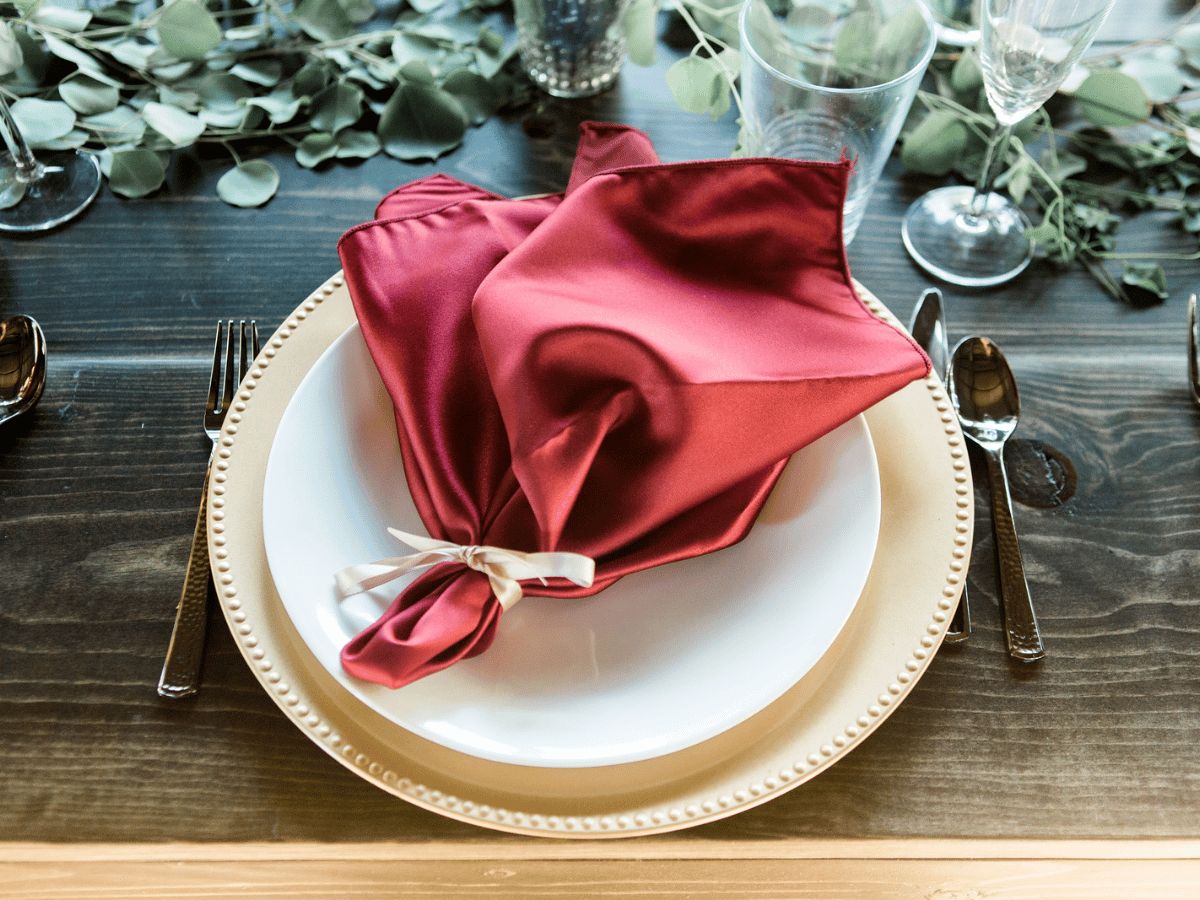
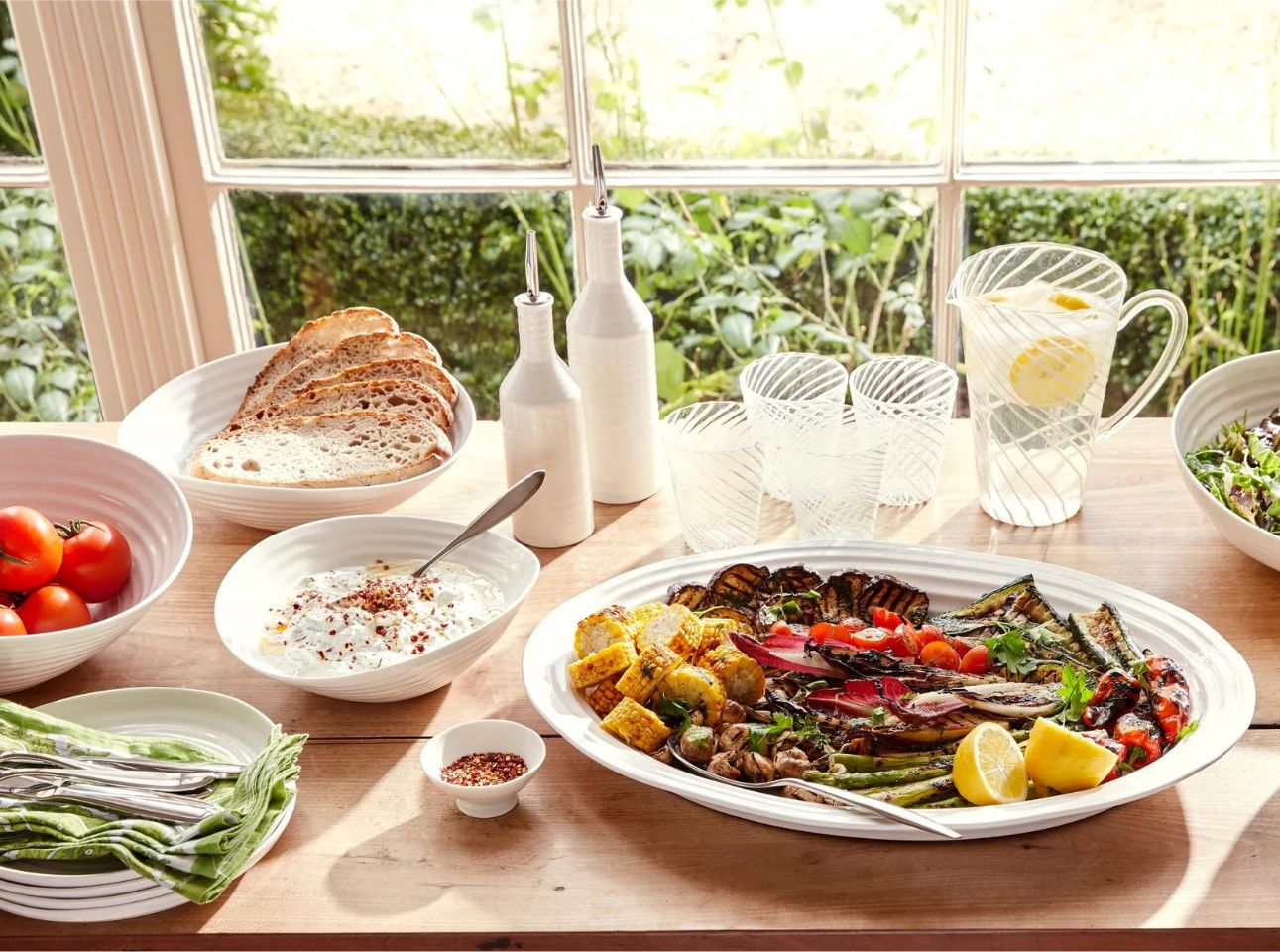
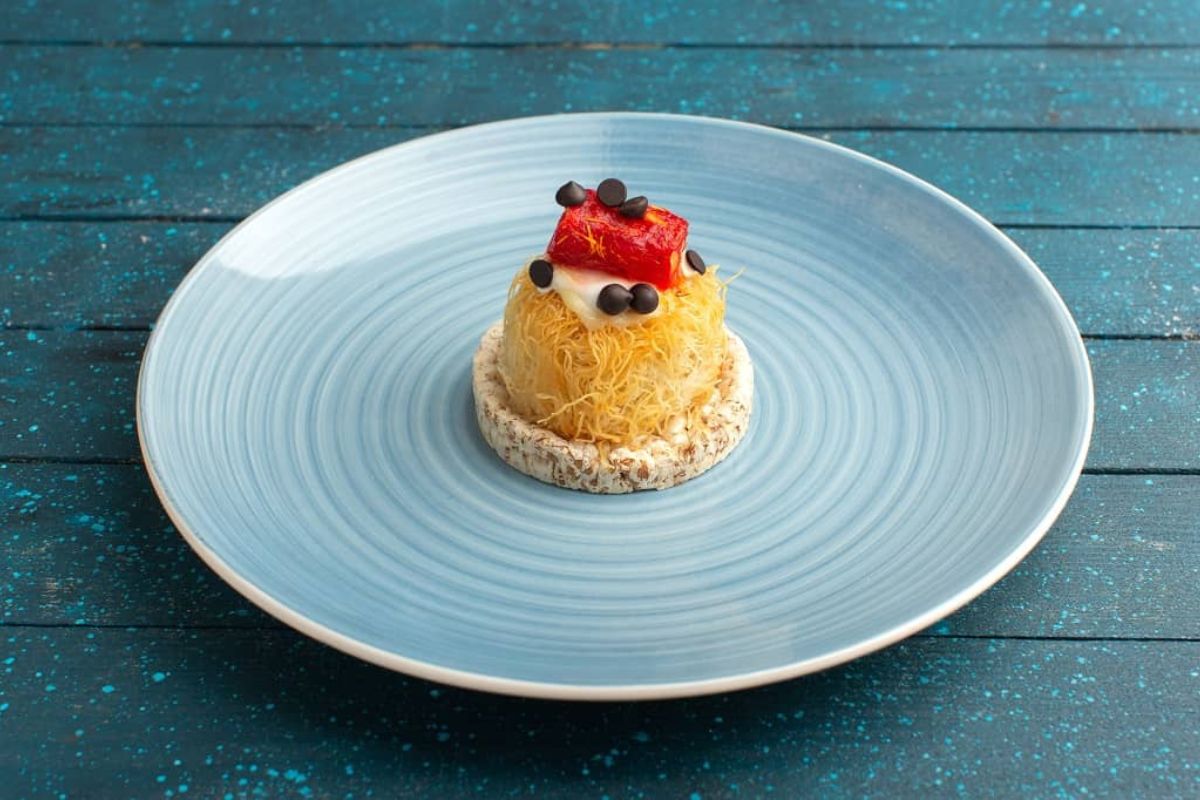
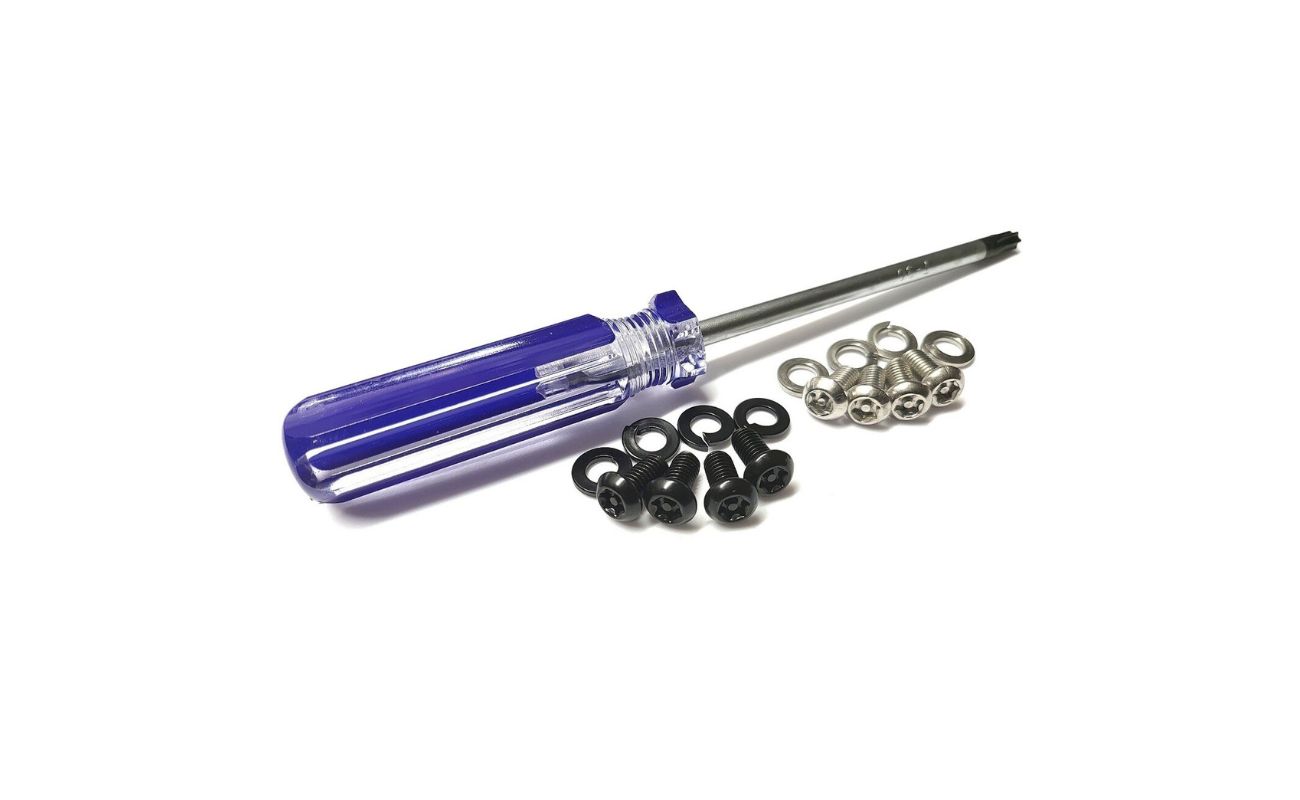
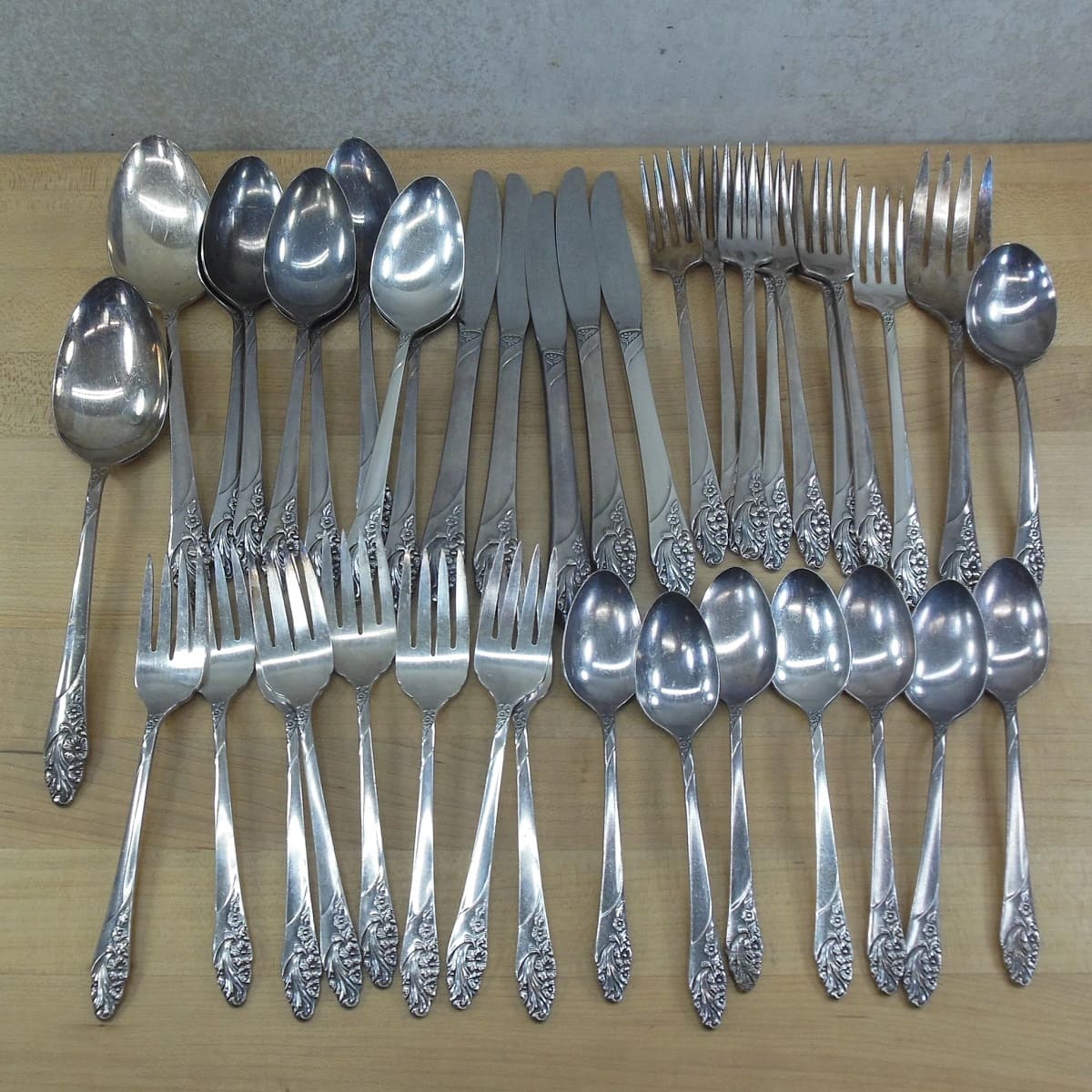

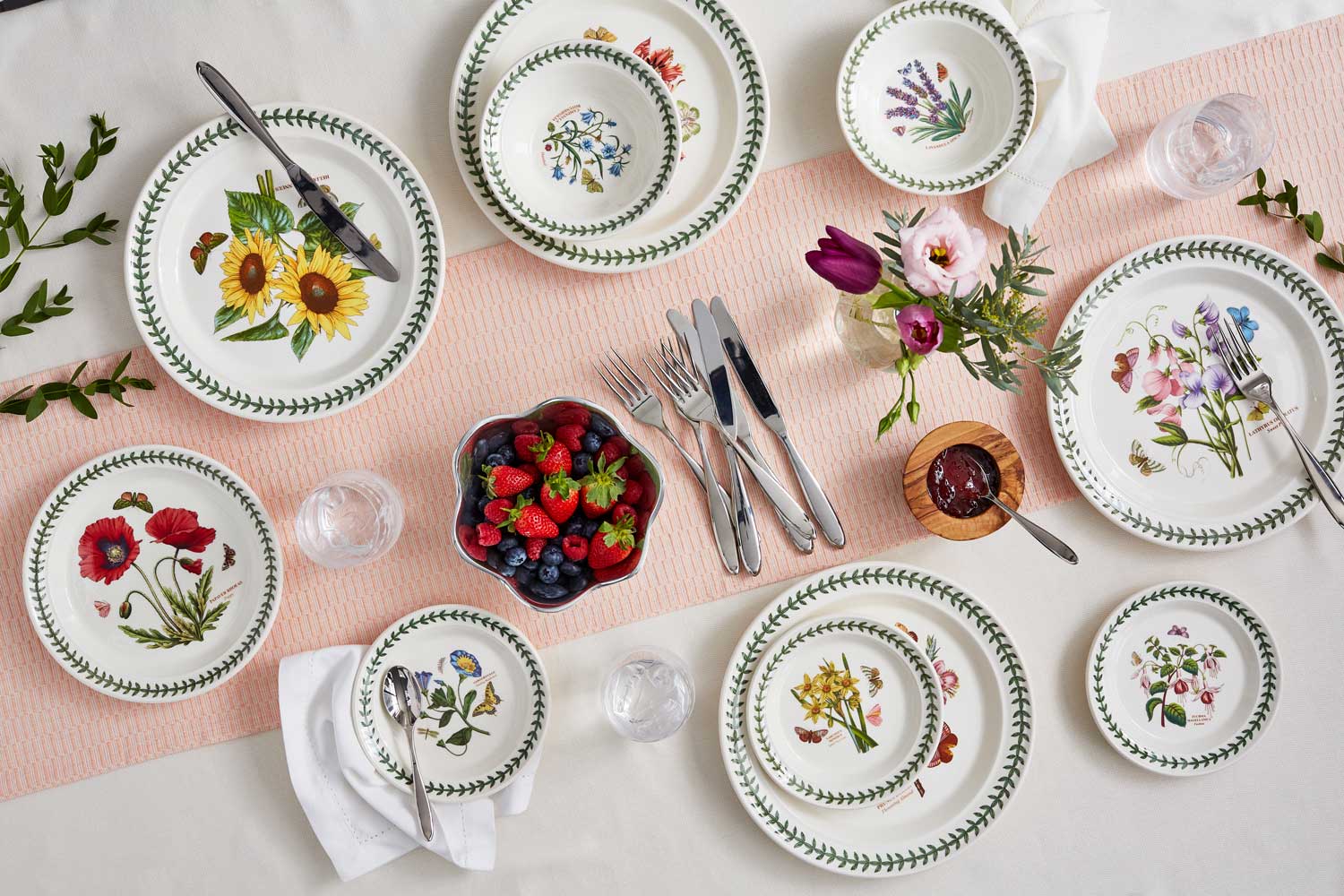
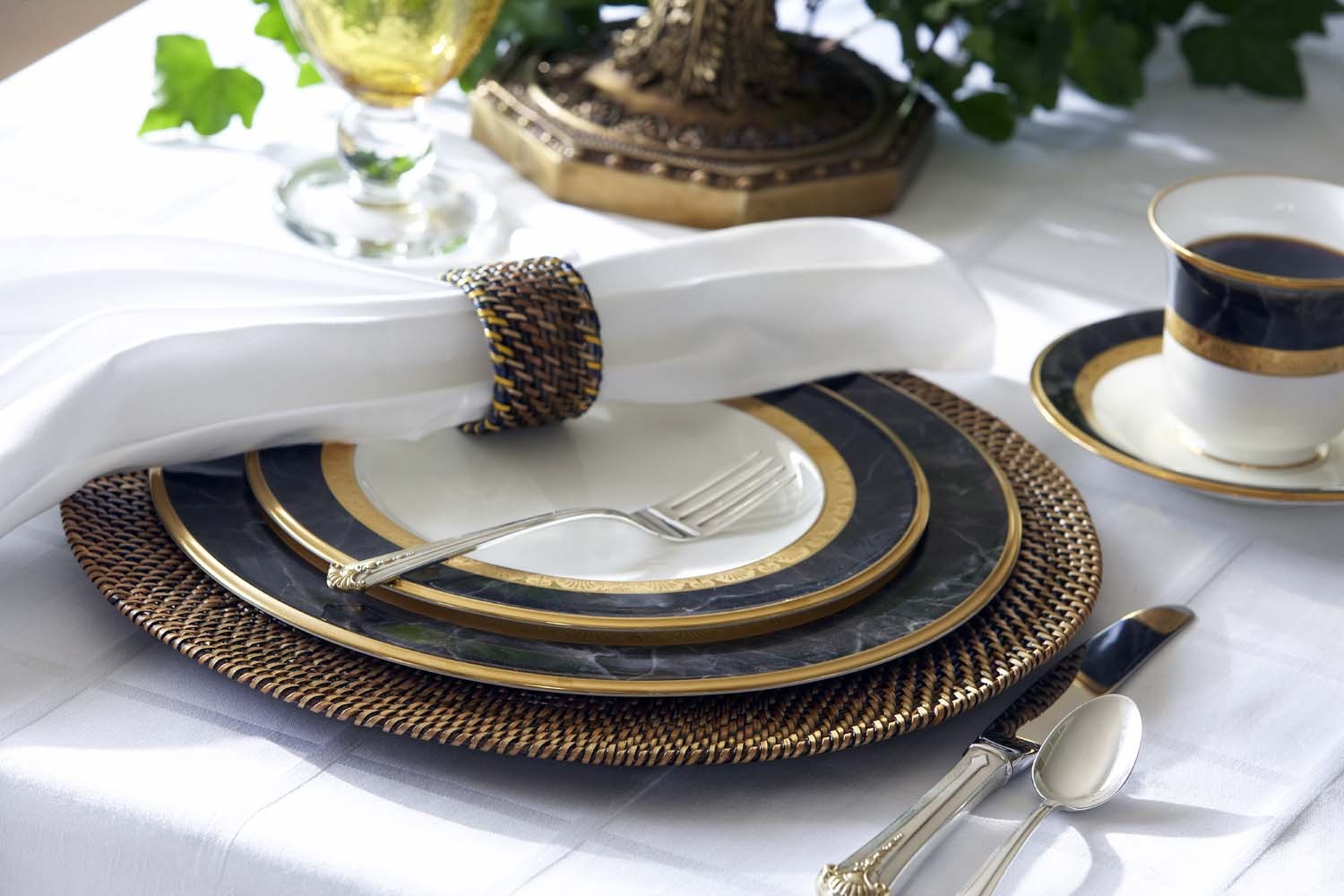
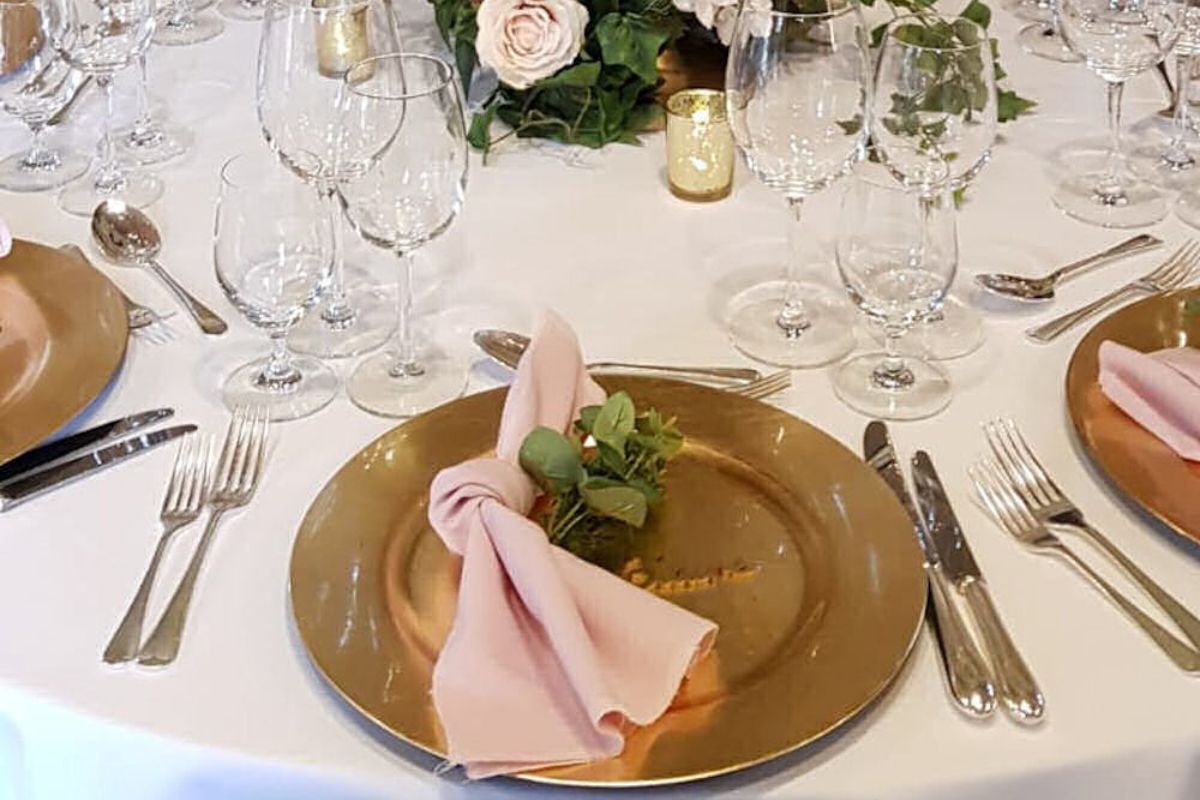
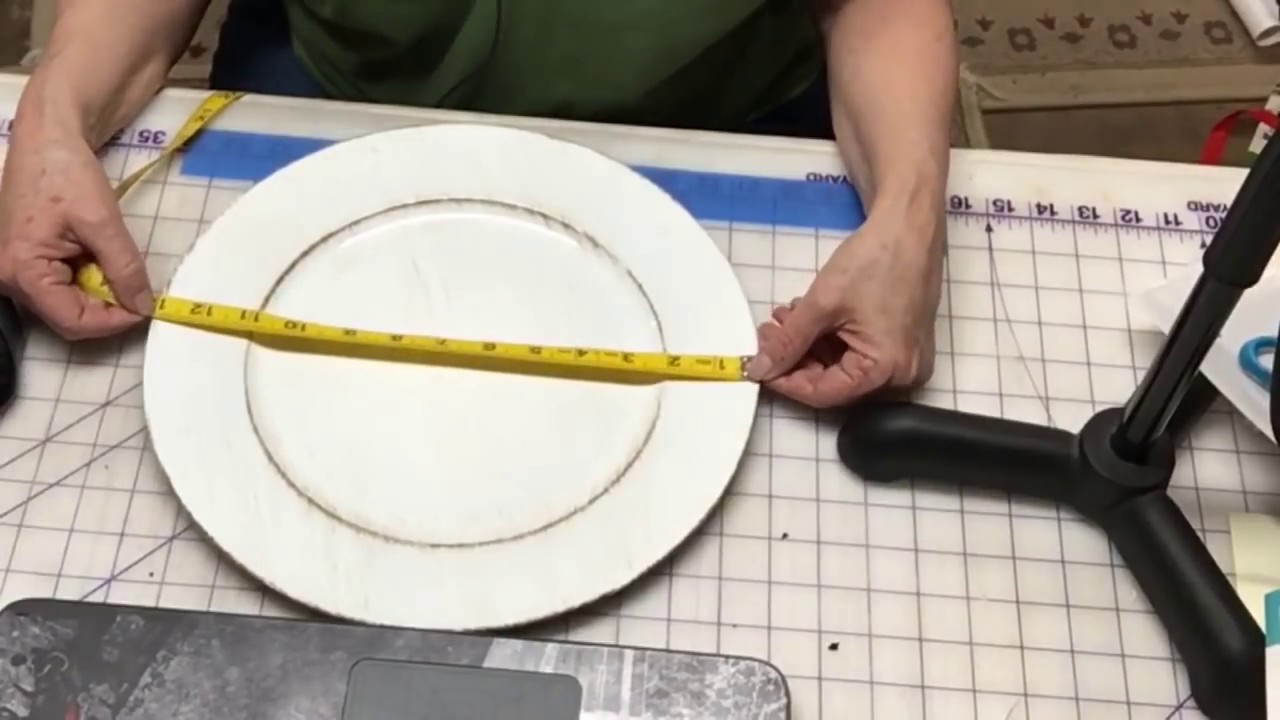
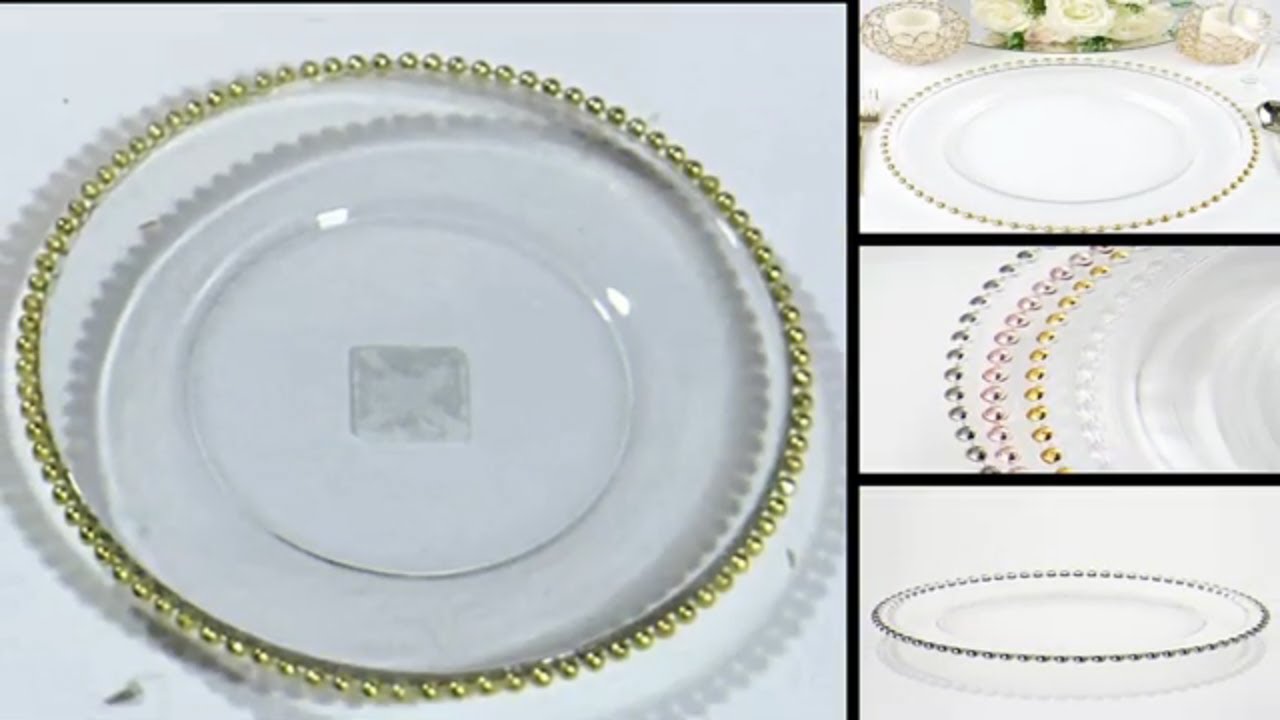
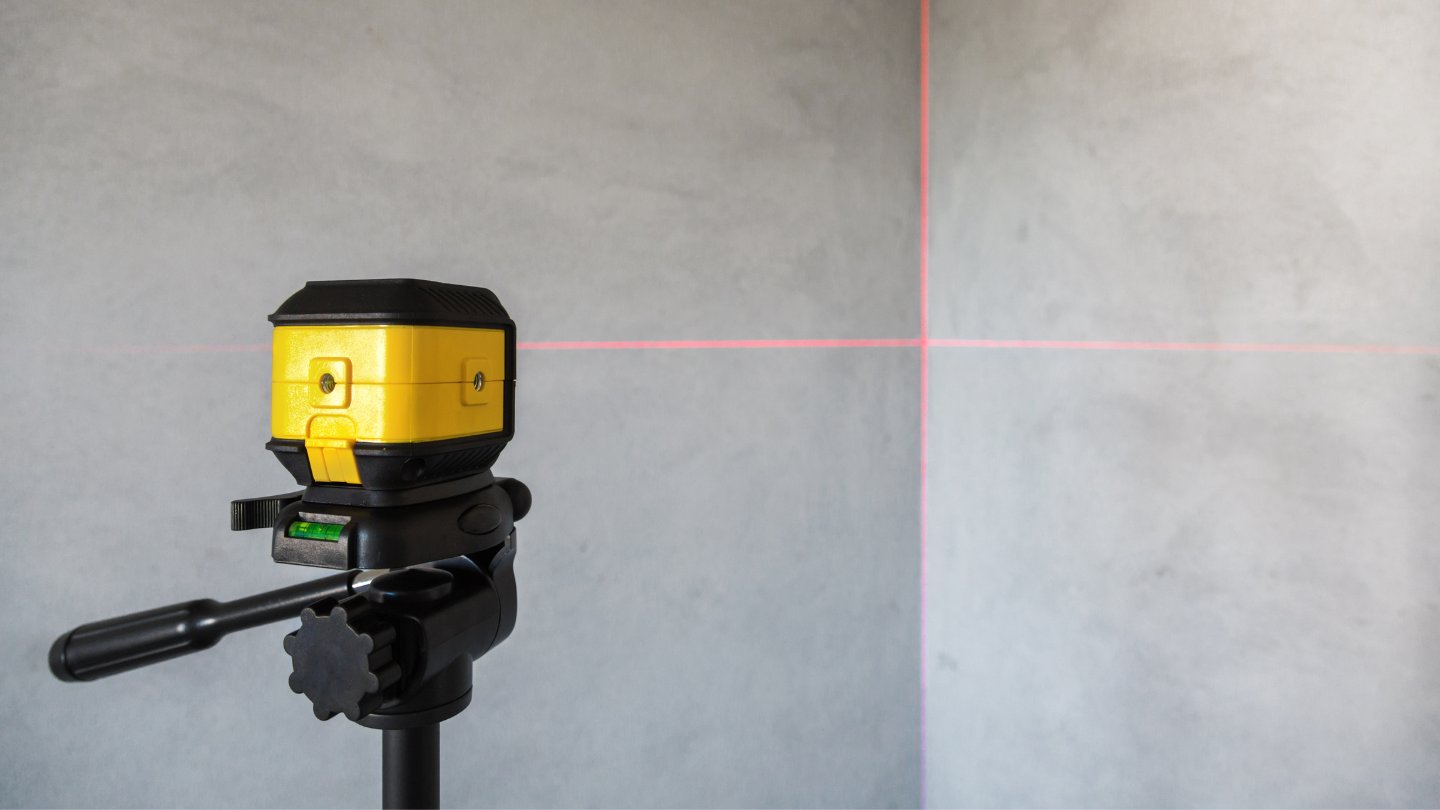
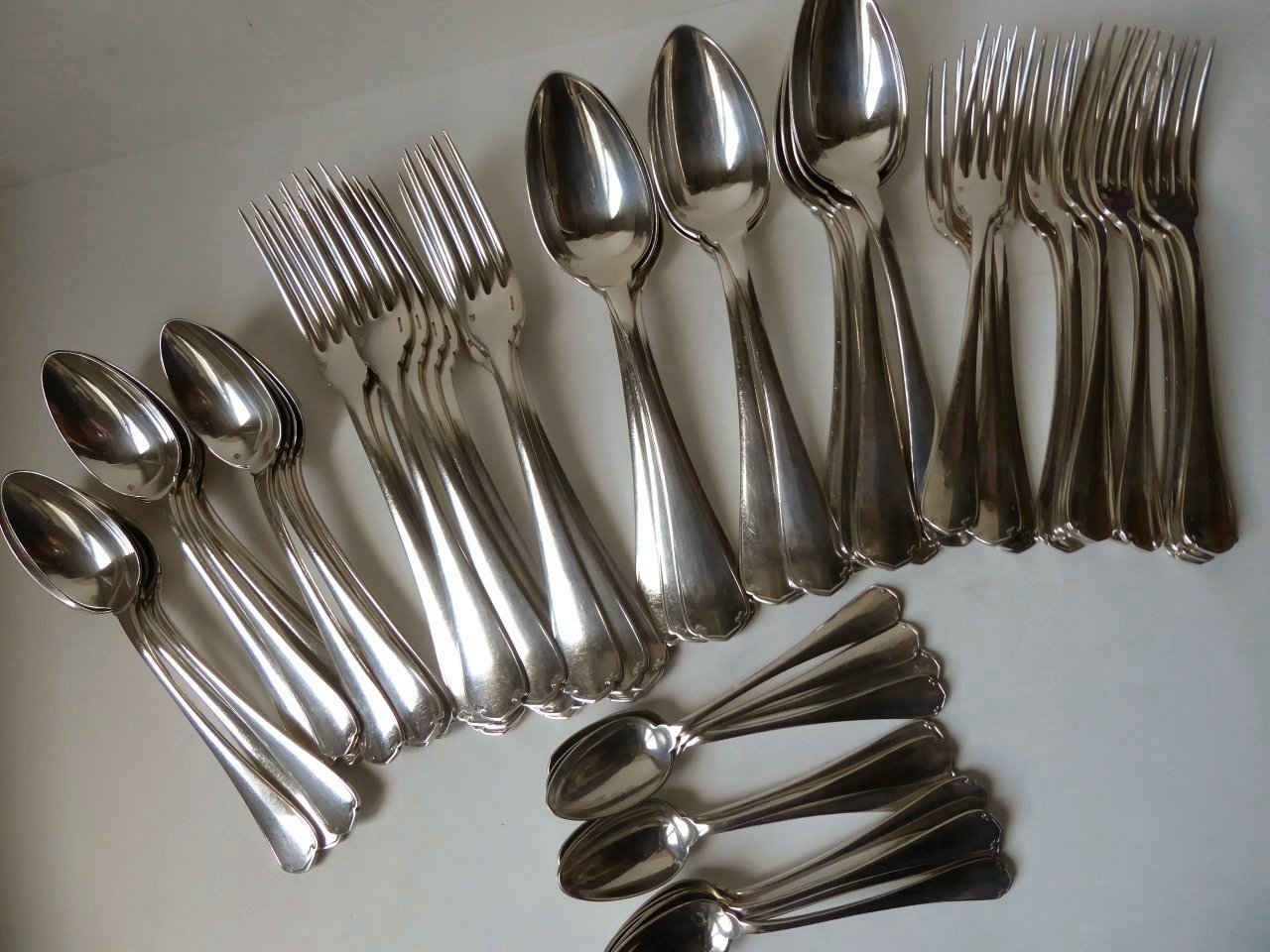
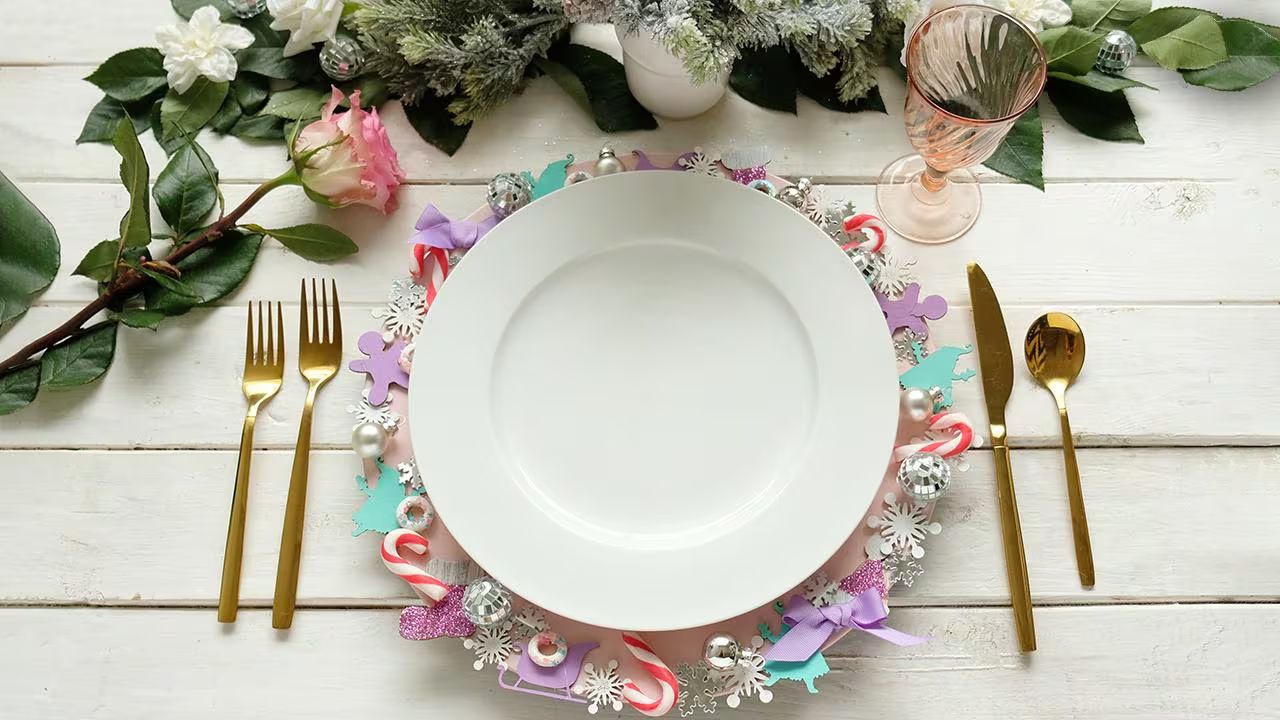

0 thoughts on “What Is A Dessert Plate?”